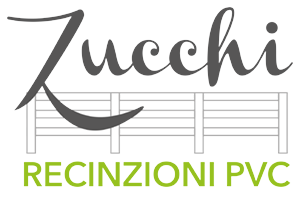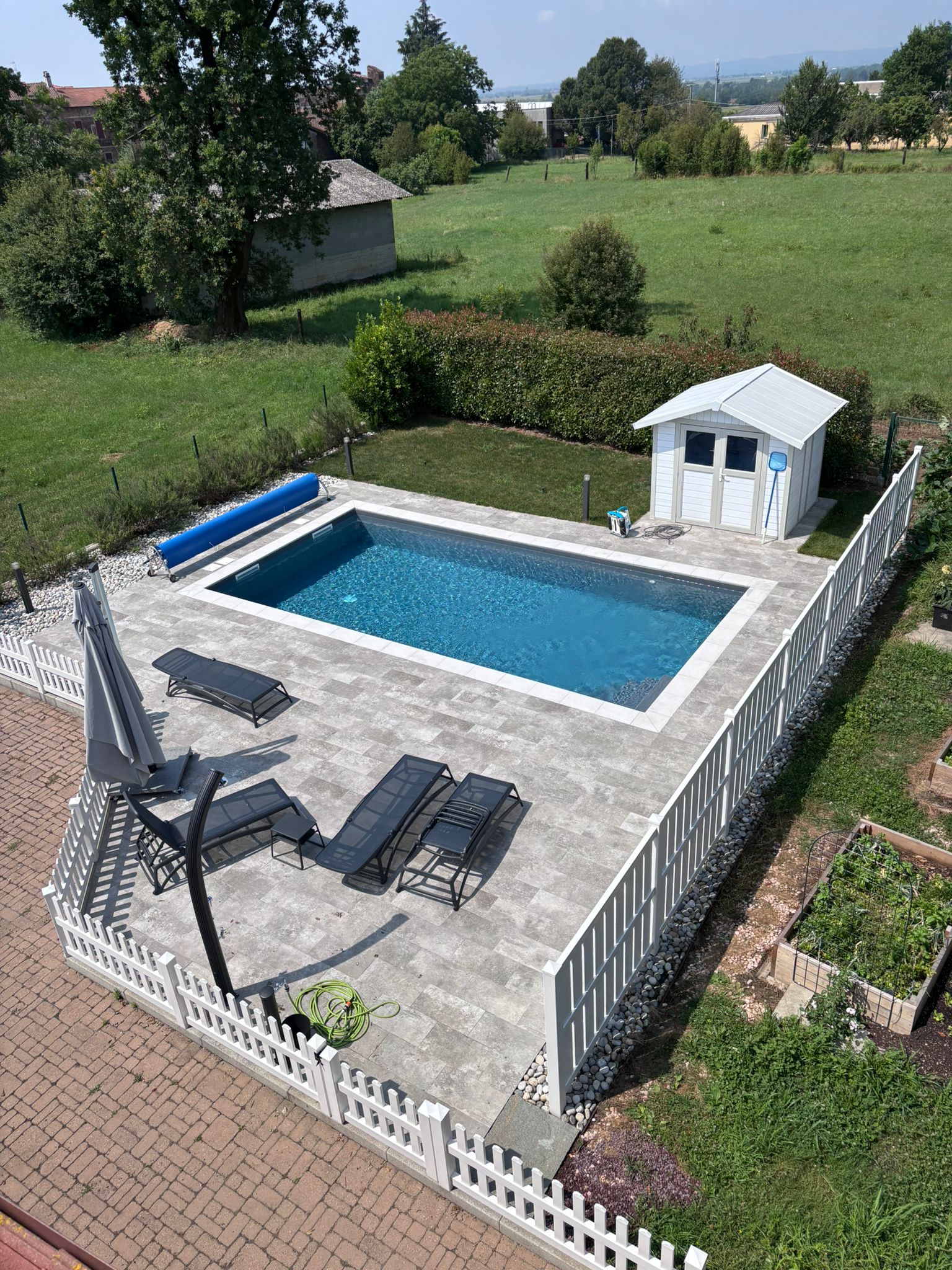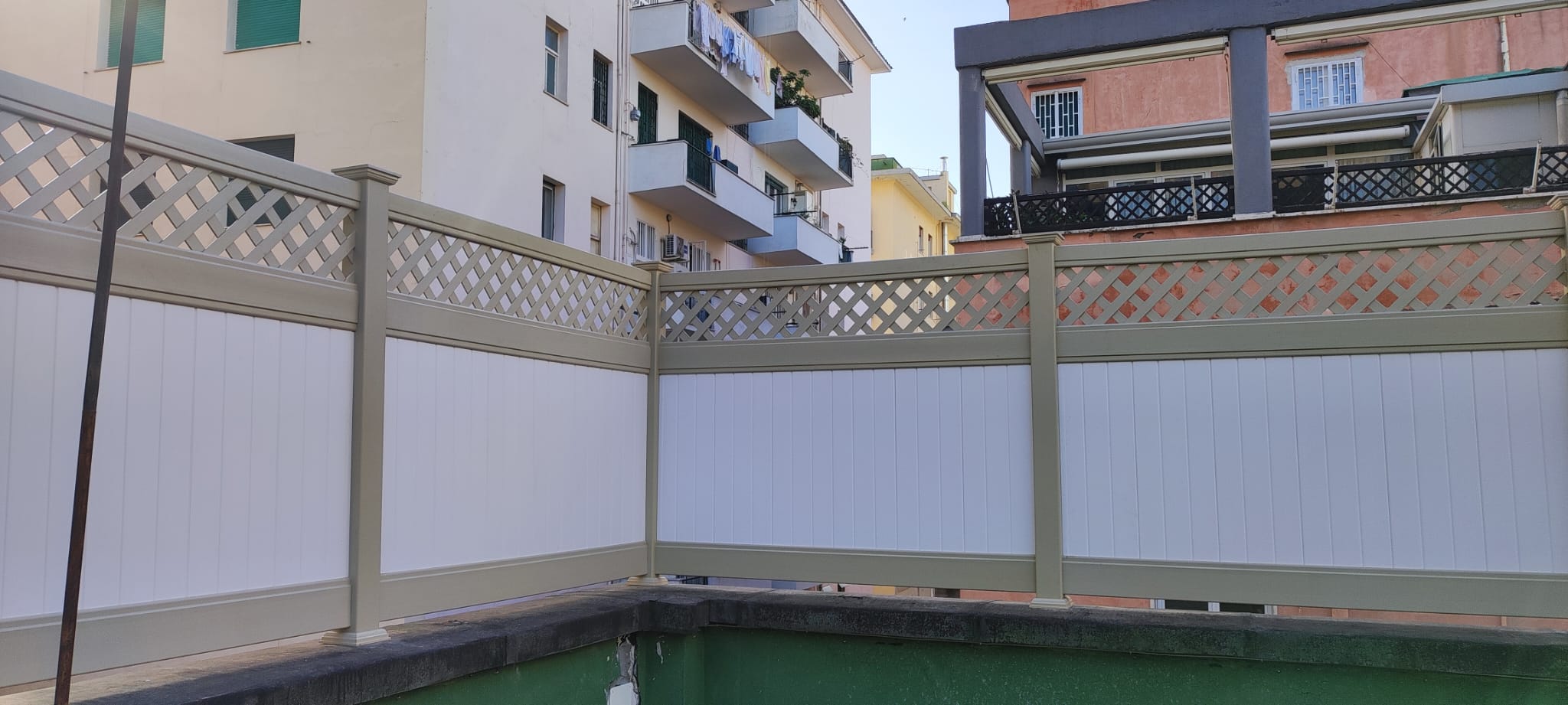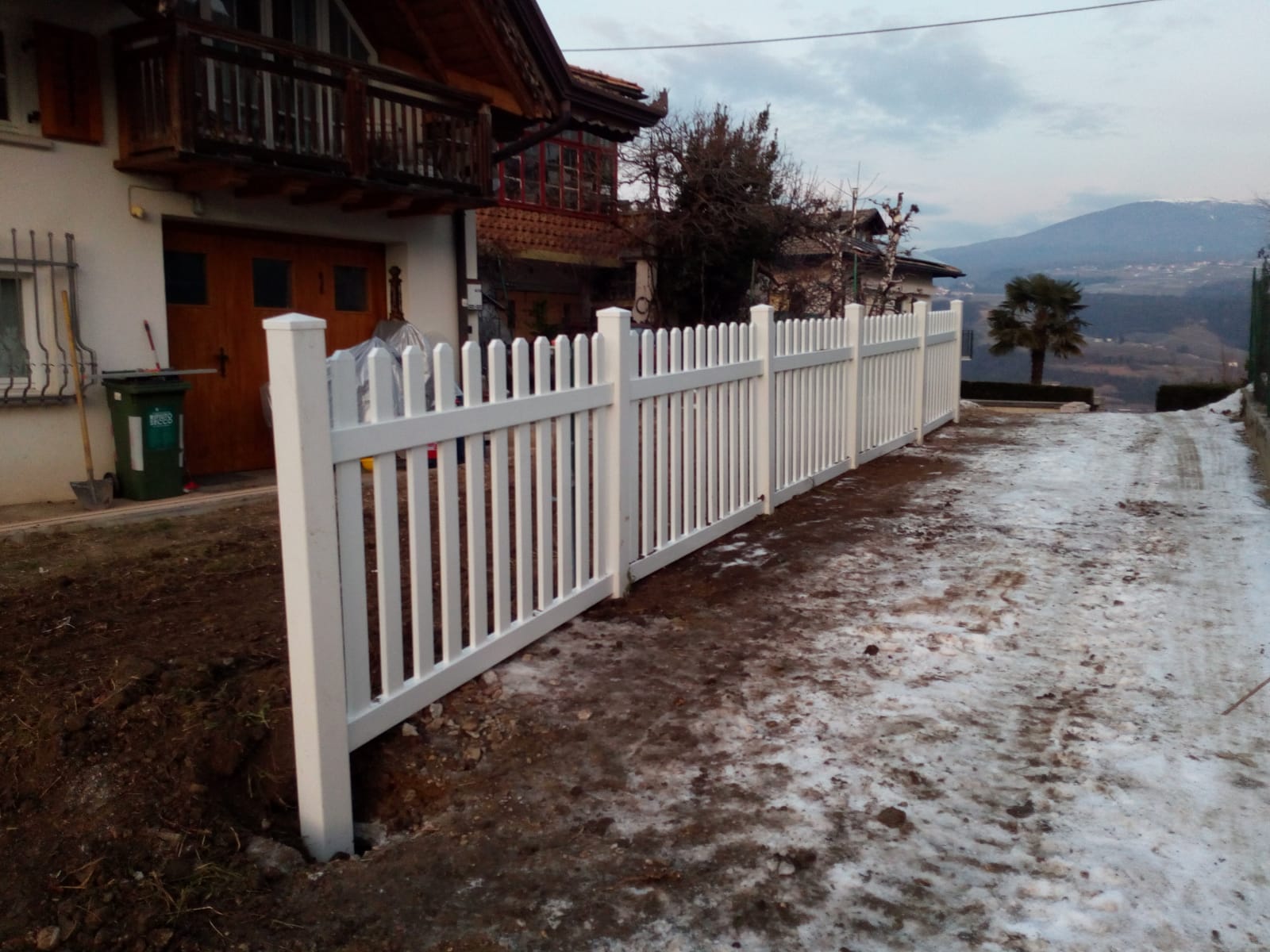When the weather changes, your riding arena changes too
Every change of season brings a mix of beauty and practical problems that anyone managing a riding arena knows all too well. With the arrival of spring, rain turns the paddocks into muddy swamps. Summer, on the other hand, dries out the ground until it becomes hard and slippery. Autumn brings humidity and leaves that cover holes and damaged fences, while winter brings ice and wind that spare no one. Amid all this, you still have to ensure safety, comfort, and continuity of lessons without losing your mind.
Many owners underestimate the impact of weather on horse safety and the stability of structures. Yet, a sudden rain or a gust of wind can turn a sturdy fence into a silent risk. There’s no need to be catastrophic: it’s enough to be prepared, observe, and act with common sense and foresight.
Mud, the invisible enemy of safety
With rain comes mud, and with mud come all those little disasters that slow down the day. The ground becomes slippery, shoes feel two kilos heavier, and horses start losing balance during work. A horse that slips can get injured, but it can also get scared and hit the fences, creating a chain of problems.
If the ground doesn’t drain well, water pools around the posts and accelerates material corrosion. Wood rots, iron rusts, and wires loosen. This doesn’t happen in a single day, but after just a few weeks of constant rain, you can end up with soft posts and half-tight ropes. The risk is that a curious or restless horse might decide to test the fence’s sturdiness at the worst possible moment.
The secret is to frequently check the most vulnerable points: joints, corner posts, and sloped areas. Even a small reinforcement or timely cleaning can prevent sudden breakages. You can’t eliminate mud, but you can manage it. Improving drainage, creating raised pathways, and rotating grazing areas are simple strategies that make a difference.
Heat, sun, and cracks: summer is not harmless
After months of mud, summer seems like a blessing. But it also hides dangers, especially if the ground dries out too quickly. When the soil cracks, the bases of the posts can shift, and fences start to wobble or bend slightly. You don’t notice it immediately, but over time it becomes a serious problem.
Direct sunlight also damages synthetic materials and fades plastic parts. Older electric wires can lose tension or even break, especially if exposed to constant heat. In a riding arena, all this translates into more maintenance work and potential risks for horses and students.
In summer, dust also increases, settling everywhere: fences, equipment, saddles, even in electrical systems. Regular cleaning not only keeps things tidy but also prevents dust from compromising safety. A fence covered in sand and dust no longer reflects light and can hide cracks or damaged parts.
Also, don’t forget the heat for the horses. If they have to spend hours in the paddocks, make sure they have shade and fresh water. Even the best fence in the world is useless if a horse is stressed by the heat and tries to escape for relief.
Autumn and winter: when calm is only apparent
When autumn arrives, everything seems calmer. Days get shorter, work slows down, and horses spend more time indoors. But it’s precisely during this period that many structures weaken silently. Humidity and the first frosts test the materials and set the stage for the damage that will erupt in winter.
Leaves accumulated near fences trap moisture and promote mold and rust. Regularly cleaning these spots is a small act that protects major investments. Checking wire tension or post stability before the frosts can also prevent urgent repairs in January, when the ground is as hard as concrete and every repair becomes a challenge.
Then winter brings the wind, the real kind. Sudden gusts can make taller posts sway or bend the nets. If you have lightweight structures, secure them with brackets or seasonal reinforcements. And if you use electric fences, check that the grounding system isn’t compromised by frozen ground.
A small check today is worth a calm season
The beauty of managing a riding arena is that each season has its own personality, its own rhythm, and its own challenges. You can’t change the weather, but you can learn to live with it without stress. Doing a quick check at each change of season saves you time, money, and worries.
Watch the horses: if they behave differently, they might be signaling a problem with the ground or the fence. Be curious, pay attention to the details, and remember that safety comes from small daily attentions.
When the weather changes, your riding arena changes too. But with a bit of organization, practical sense, and patience, you can face rain, sun, wind, and ice without losing your smile. After all, the horses trust you: it takes little to make each season a bit safer and a bit calmer for everyone.
Why a quick routine can save you entire days
Managing a riding arena means dealing with a thousand unexpected events every day, from curious horses to rusty fences or unexpected mud. A quick maintenance routine allows you to save valuable time without sacrificing safety or the animals’ well-being. You don’t need to become a specialized technician: just a few targeted and consistent actions are enough to keep paddocks, stalls, and fences in perfect shape.
Start by observing your space as if it were the first time. Walk around the paddocks, check posts, ropes, nets, and electric fences. Often, the most serious problems begin with small signs: slightly rotting wood, a loose wire, or a crack in the net. Spotting them early allows you to act quickly, preventing worse damage or accidents during lessons.
Quick check of paddocks and fences
Spend five minutes on each paddock, focusing on the points most prone to wear. Corner posts deserve special attention, as do the joints between fence sections. Even a small wobble can become dangerous if not fixed immediately. If you use electric fences, check the wire tension and make sure the ground isn’t compromising the grounding system.
Also check the ground: any holes or depressions pose risks for horses and riders. With a small shovel or rake, you can correct irregularities in just a few minutes. Dust or mud accumulated near fences can hide invisible damage: a quick cleaning with a broom or water jet often prevents longer repairs later.
Don’t forget the entrances and pathways between paddocks: check gates, locks, and hinges. A gate that doesn’t close properly can become an invitation for curious or impatient horses to escape. Small daily checks turn risk into a predictable routine and allow you to focus your energy on lessons and educational work.
Stalls, barns, and covered areas: five minutes for peace of mind
Even inside the stalls, quick maintenance makes a difference. Check that the floors are free of cracks or splinters that could injure hooves. Cleaning bedding and organic waste daily reduces odors and the risk of respiratory diseases. Pay attention to ropes, chains, or other hanging tools: they must be secure and out of reach of curious horses.
Lighting and ventilation deserve a quick check. Broken lamps or exposed electrical outlets can pose an immediate danger. Opening windows and fans, even for a few minutes, improves the air and helps horses breathe better, making the stalls more comfortable and safe.
Don’t neglect tools and materials. Quickly tidying brooms, wheelbarrows, and shovels not only helps you find what you need but also reduces the risk of tripping or causing sudden accidents. An organized stall is a calmer environment for you and the animals, and makes the day more pleasant for all staff.
Small daily actions for big results
Creating a quick routine means setting priorities: check fences, floors, water, and equipment, dedicating a few minutes to each area. You can use simple checklists, perhaps written on a whiteboard or smartphone, to ensure nothing is forgotten and maintain consistency.
Involving the team is essential: even a few minutes of shared checks reduce individual workload and improve overall safety. Turn quick maintenance into a game: whoever spots a misplaced detail first earns a small reward, keeping attention high without stress.
Seasonality also matters: more frequent checks in spring for mud and in winter for wind and ice are recommended. In summer, you can focus on dry ground and shade for the horses, and in autumn on leaves and moisture that can hide damage.
The greatest advantage of a quick routine is that it makes problems predictable. Don’t wait for a post to fall or a gate to open on its own: acting immediately prevents stressful emergencies. Moreover, horses get used to safe spaces, reducing the risk of accidents and allowing for calmer and more enjoyable lessons.
Why choosing durable materials really makes a difference
When you think about the fences in your riding arena, it’s not enough for them to be attractive or cheap. You must consider weather resistance, because sun, rain, and frost can quickly damage low-quality wood, iron, and plastic. Using durable materials saves you time, money, and worries, as it reduces maintenance, sudden breakages, and risks for horses or students.
Imagine having a paddock where every post, net, and gate stays stable all year round, without bending, rusting, or rotting. This peace of mind allows you to focus on lessons and the well-being of the horses, instead of chasing constant repairs. You don’t need to become an engineer: just know the characteristics of the materials and match them to your local climate.
Treated wood and composites: aesthetics and durability together
Pressure-treated wood is a timeless classic: it resists rain and humidity, maintains a natural appearance, and remains visually appealing. To increase its lifespan, you can use protective paints or natural oils that slow down rotting and cracking. Composite wood is also an excellent alternative: a blend of natural fibers and polymers, it offers greater stability and resistance to weather without the need for frequent treatments.
When choosing wood or composites, pay attention to the type of fiber and the quality of the treatment. Cheap wood may look similar, but after a couple of seasons under scorching sun or intense frost, it shows cracks and warping. Composites, on the other hand, resist heat without expanding and cold without contracting, ensuring stable fences for years without worries.
Iron and steel: strength and protection against the elements
If you value sturdiness and want long-lasting fences, galvanized iron or stainless steel is an excellent choice. It doesn’t rust easily, supports heavy loads, and remains stable even in extreme weather conditions. You can combine iron posts with wooden panels or composite nets to create fences that are both functional and visually appealing.
The secret is to periodically check the joints and welds. Even durable materials can deteriorate if exposed to continuous stress or standing moisture. A small measure, like painting or local protection, is enough to keep the steel intact for years. This way, horses can explore, run, and jump safely, and you can sleep peacefully.
Synthetic materials and nets: lightness and practicality
Synthetic materials, such as PVC and high-density polyethylene nets, offer resistance to sun, rain, and snow while maintaining flexibility and lightness. They are easy to install, require little maintenance, and don’t rot. Many managers use them for temporary paddocks or partition fences, taking advantage of bright colors to increase visibility and safety.
Synthetic nets are particularly useful in areas with constant moisture, as they don’t deform and remain safe even when the ground is muddy or frozen. Get into the habit of checking tension and fastenings to avoid sudden failures. These materials allow you to move fences or create temporary pathways effortlessly, giving great flexibility to the riding arena.
Combining materials for maximum effectiveness
The trick of well-organized riding arenas is often to combine different materials: treated wood posts, steel reinforcements, and panels or synthetic nets where greater flexibility is needed. This way, you achieve aesthetics, safety, and durability without compromise. For example, a paddock with composite wood posts and a synthetic net protects horses, withstands wind, and remains stable in rain or snow.
Also remember that proper installation is essential: even the most durable materials fail if not securely fixed or if the ground isn’t level. Spend a few minutes inspecting every corner, ensuring posts and nets are stable, and that water drains without pooling. Small precautions maximize the lifespan of materials and reduce long-term maintenance.
Why a well-planned budget saves time and stress
Managing a riding arena means dealing with continuous and often unpredictable expenses, from fences and maintenance to bedding and water for the horses. Planning your budget allows you to handle everything calmly, avoiding surprises that slow down activities and lessons. You don’t need to be a professional accountant: just a few simple tools and a bit of organization are enough to know where every euro goes.
When planning, consider both immediate and long-term expenses. For example, replacing an old fence may seem costly today, but preventing accidents and ongoing maintenance saves money and time tomorrow. With a bit of method, you can spread expenses throughout the year, reducing stress and ensuring safety for horses and students.
Set priorities and divide expenses
The first step is to identify essential and optional expenses. Fences, paddock flooring, stalls, and water for the horses fall under absolute priorities. Lesson equipment, training materials, or decorations can be planned later. Separating essential expenses from extras helps you maintain control and flexibility.
Create clear spending categories: routine maintenance, materials, energy, staff, and unforeseen expenses. For each category, set a monthly or quarterly budget. For example, you can allocate a small amount each month for fence and post maintenance, so that when the rainy season arrives, you’re not caught unprepared.
Don’t forget unforeseen events: horses damaging fences, broken tools, or issues with electrical systems may require extra expenses. Allocate at least 10–15% of the annual budget to this fund, so you’re ready to act without stress and without cutting other important activities.
Plan for seasonal expenses and weather variations
A riding arena’s budget isn’t uniform throughout the year: some seasons require more attention and money. In spring, rain can increase maintenance of paddocks and fences. In summer, heat dries out soil and wood, requiring oils or protective treatments. In autumn, leaves and moisture can accelerate wear, while in winter, wind and frost test gates and posts.
Plan an extra amount for each season, based on past experience and local weather conditions. Even a few extra euros per month become an important cushion, preventing stressful emergencies. Recording expenses each year helps you better anticipate the next year, refining the budget and reducing surprises.
Practical tools to keep everything under control
Using simple tools like Excel sheets, budget management apps, or organized notebooks can make a big difference. Record daily income and expenses, so you always know how much you’ve spent and how much is left. You can also create seasonal charts, highlighting spending peaks and quieter periods.
Involve your team: those who work daily with horses and paddocks often notice problems before you do. Asking for quick reports allows you to include unexpected expenses in the budget before they become emergencies. Small daily adjustments prevent large and costly interventions.
Don’t forget to compare prices and materials before spending: choosing durable wood or composites, synthetic nets, or galvanized steel may cost more initially, but reduces future maintenance. Planning carefully means spending today with the peace of mind of saving tomorrow.
Practical tips for carefree planning
- Update the budget at least once a month, taking into account new expenses or changes.
- Divide large expenses into monthly or quarterly installments, so they don’t all fall in a single period.
- Set aside a small reserve for unexpected events: a few dozen euros each month becomes a significant cushion.
- Involve the staff by collecting feedback on equipment or fences that may need maintenance.
- Record every expense, even small ones: the annual total might surprise you if you note nothing.
Planning the budget in advance allows you to enjoy working at the riding stable without stress. You can focus on lessons, horses, and students, knowing that every pole, paddock, or fence is financially covered.
With just a few minutes a day dedicated to reviewing expenses and a small reserve for unexpected costs, your riding stable will remain efficient, safe, and calm. So, when the seasons change or a challenging new lesson comes up, you can face it with ease, confidence, and a smile, knowing that nothing will catch you off guard.







Leave A Comment